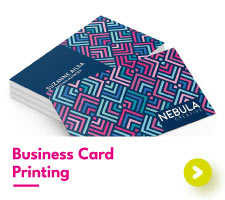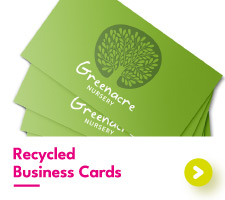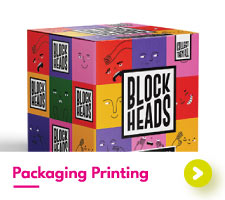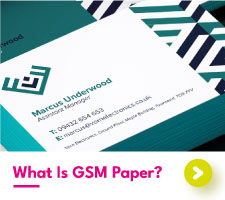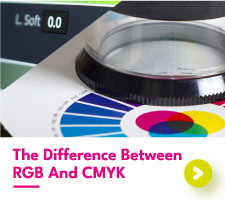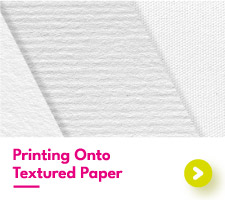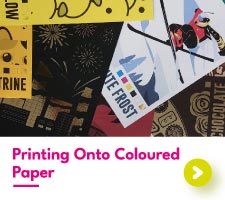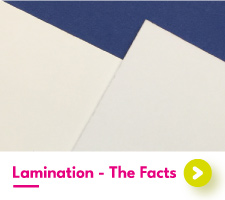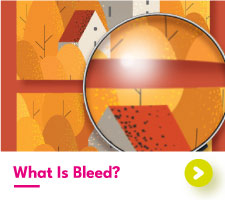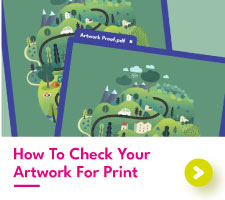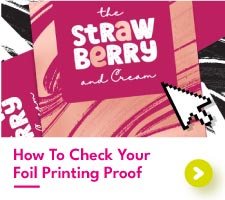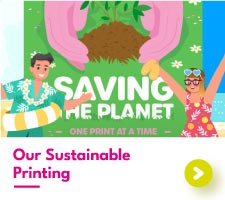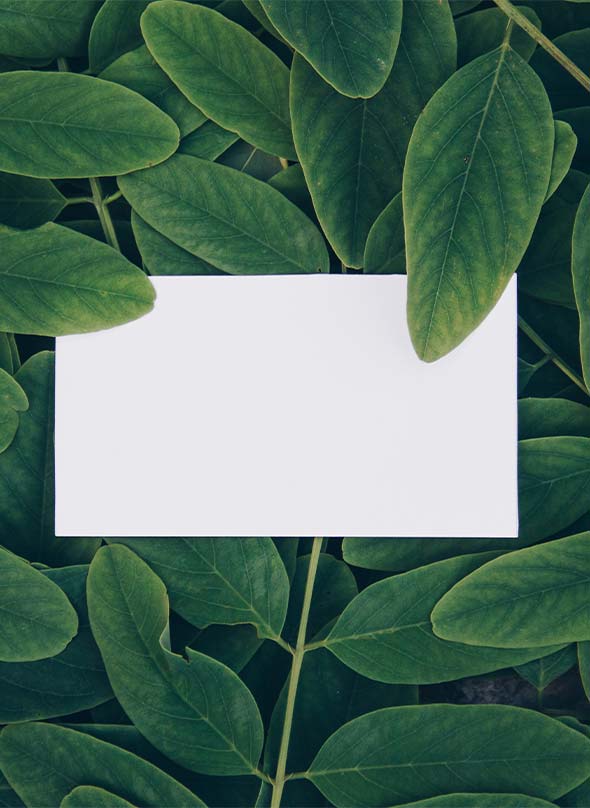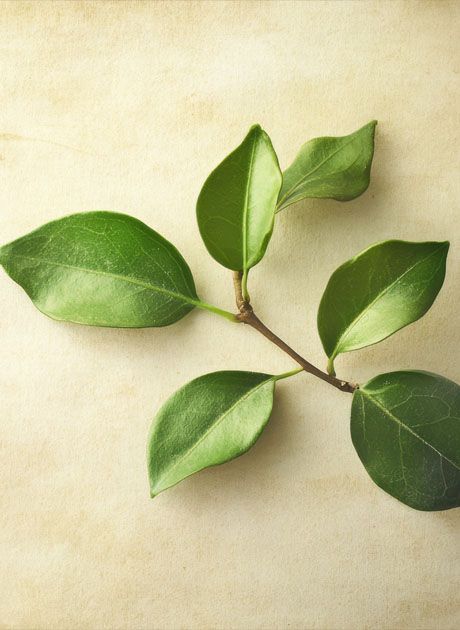How Kraft Paper Is Made
Ever thought about diving into the world of Kraft paper? Maybe you’re curious about its versatility, its eco-friendliness, or even how you can use it for your next creative project. But wait—what even is Kraft paper? Is it recyclable? Can you print on it? How is it made?
Well, you’re in the right place! In this guide, we’ll peel back the layers of Kraft paper, explore its fascinating origins, and take a journey through its entire life cycle—from how it’s made to the many ways it can be used (and reused!).
So, where do we begin? Naturally, at the very beginning of Kraft paper’s story. Let’s uncover how this humble yet mighty material became a staple for packaging, crafting, and so much more. Ready to get inspired? Let’s dive in!
Picture it… Sweden 1884. Carl Dahl, a German chemist, is credited with inventing the kraft process. The first mill utilising the kraft process was established in Sweden in 1890, signifying the beginning of industrial-scale production of kraft paper. Over the years, kraft paper has become a staple in various industries, including retail, e-commerce, and food packaging. Its eco-friendly nature and recyclability further enhance its appeal as a sustainable sleeve packaging solution. But what was not expected was the fact that kraft paper would earn a following, thanks to its rustic charm and natural, nostalgic appeal.
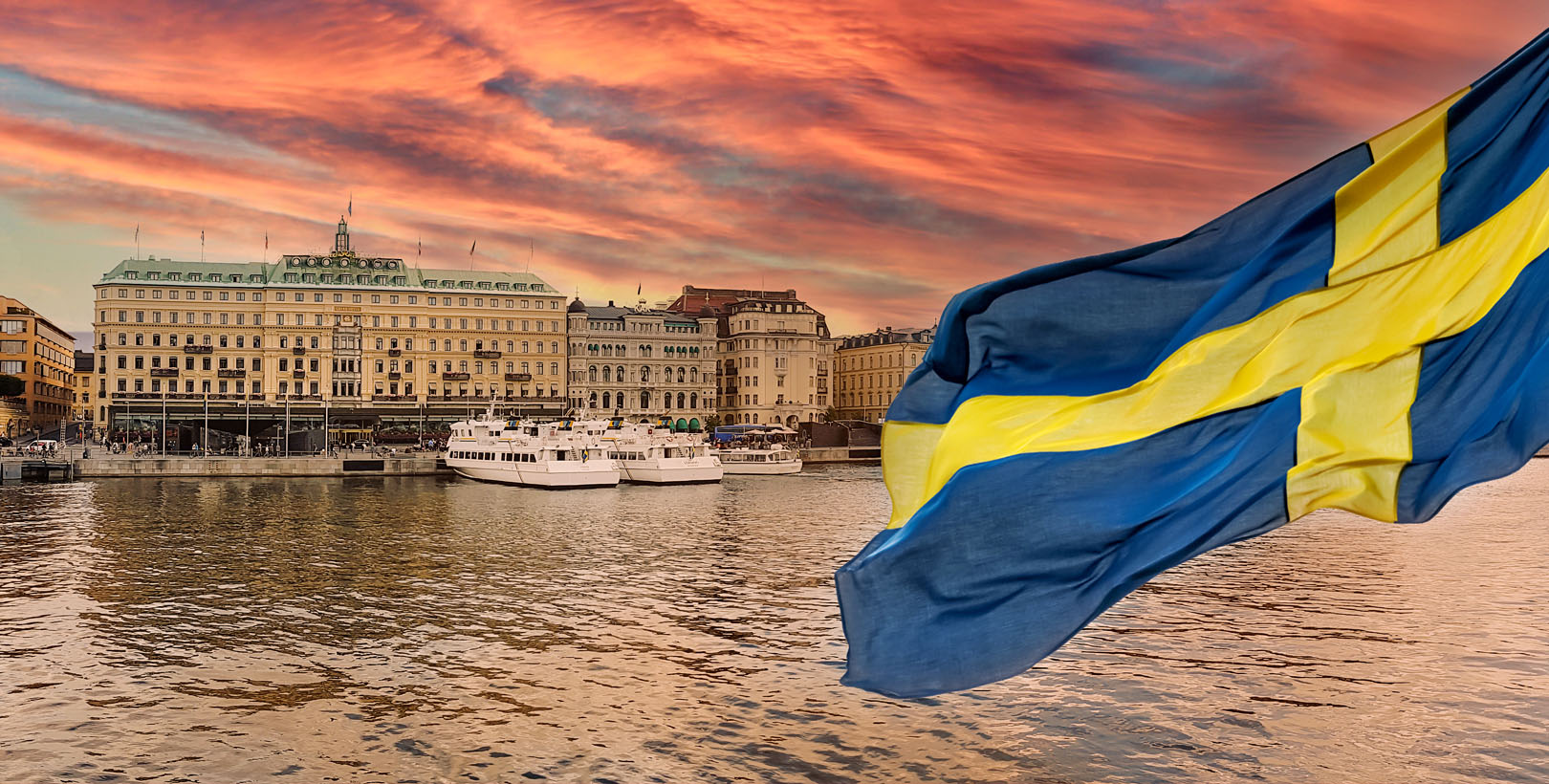

How Is Kraft Paper Made?
Ok, here’s the science-y bit. First and foremost, kraft paper, just like most of our other paper types, is made from wood. The term "Kraft" describes the process of turning wood into wood pulp, essentially by pressure-cooking softwood chips in a mixture of strong alkaline chemicals. These chemicals, notably sodium hydroxide and sodium sulphide (do not drink!), separate the cellulose (which is useful) and lignin (not so useful) that make up the wood fibres.
If you liken it to when you make instant noodles, at first, the noodles are hard and packed tightly together, just like the wood. As you apply hot water, the noodles become soft and separate. That's kind of what happens here but on a microscopic level.
This kraft paper slurry is then refined, washed, and formed through huge, pressurised rollers. As the kraft paper gets drawn out and dried, it is stored on colossal rolls, ready for cutting down. At this point, we have a light-brown cellulose pulp with interlocking fibres, otherwise known as brown kraft paper.
Bleached vs. Unbleached Kraft Paper
While most kraft paper is known for its natural brown colour, it can also be bleached to produce a lighter or white version. This bleaching process uses additional chemicals to remove the natural pigments in the wood pulp. However, this step weakens the overall structure of the paper, making it less durable than its unbleached counterpart.
Brown kraft paper stock is often preferred for its strength and eco-friendliness, while white kraft paper is chosen for its clean, polished appearance in applications like food-grade packaging or branded shopping bags.
What Is Kraft Paper Used For?
Kraft's heavy-duty nature and high tear resistance make it ideal for when you need strong and sturdy paper. You’ll see kraft being used everywhere as custom greeting cards, uniquely personalised event invitations, and even custom-printed flyers... really, any stationery you could think of.
But kraft paper isn’t just for the creative types. Its versatility extends far beyond arts and crafts. Here are some of the most common uses of kraft paper:
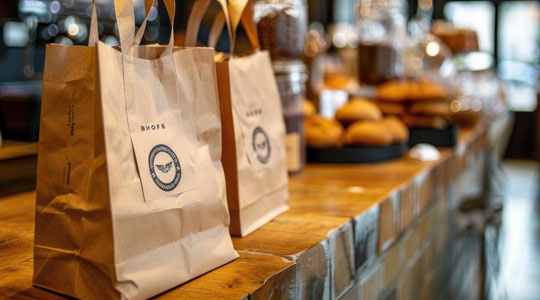

Branding
Brown kraft paper is a go-to choice for brand packaging materials. Whether it’s wrapping parcels for shipping or to create custom kraft business cards as part of an unboxing experience, businesses love kraft paper for its strength and eco-credentials.
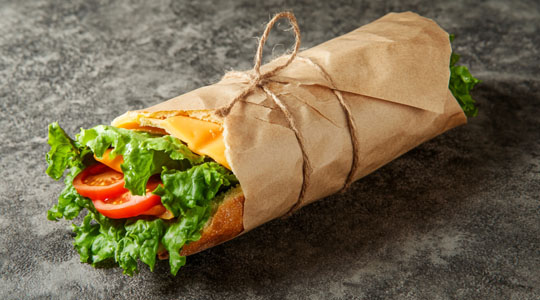

Food Wrapping
Ever noticed how some food items come wrapped in that rustic-looking brown paper? That’s kraft paper! Its unbleached, chemical-free properties make it food-safe, and it’s often used for wrapping sandwiches, bakery items, or even creating takeaway bags.


Industrial Applications
In industries, kraft paper is often used as a protective layer. Think of floor coverings during renovations, masking paper for painting projects, or even as a base material for laminates.


Creative and Decorative Uses
Kraft's natural earthy look also gives it a kind of rustic, bohemian appeal that many people prefer. It’s increasingly used for bespoke wedding invitations, rustic, handmade kraft gift tags, and personalised business stationery. Innovative print techniques can create finished stationery on brown kraft that looks every bit as good as coloured or bleached white paper.
Is Kraft Paper Recyclable?
Did you know that brown kraft paper is not only 100% recyclable but also a superstar in the world of eco-friendly materials? It’s no wonder it’s become such a popular choice in these times of environmental awareness. As we all grow more mindful of our environmental impact, switching to sustainable options—like trading plastic bags for paper ones—has never been more important.
Kraft paper starts its life as wood, but its journey doesn’t end there. Once used, kraft paper can be recycled, broken down into pulp, and transformed into a fresh new roll of paper. In fact, most kraft paper today is made from a blend of recycled and raw materials, giving it a second (or even third!) life.
Fun fact: kraft paper can be recycled up to seven times before its fibres become too short to reuse… Now that’s impressive!
The recycling process for kraft paper is surprisingly like its original production but with an even greener twist—it uses fewer chemicals and is much gentler on the environment, like many of our eco-friendly printing options. This makes kraft paper not just a durable and versatile material but also a champion for sustainability. So, the next time you wrap a gift or pack a box with kraft paper, you can feel good knowing you’re making an eco-conscious choice!
What Is the Difference Between Recycled Paper & Kraft Paper?
Kraft and recycled paper can often be one and the same. As we've mentioned, Kraft paper can be made with 100% recycled kraft paper. So, it is a type of recycled paper. However, there are some key differences to keep in mind.
Recycled paper is made by repurposing wastepaper products, which are sorted, cleaned, and processed into new paper sheets. The main distinction lies in the bleaching process. Most recycled paper is bleached to remove inks, dyes, and other impurities, while kraft paper is left in its natural, unbleached state.
This means that kraft is generally stronger and more durable than recycled paper, which can lose some of its structural integrity during the recycling process.


Can You Print on Kraft Paper?
Absolutely you can! But there are a few things that should be considered before setting your heart on Kraft.
When printing on Kraft paper, it’s best to keep designs simple and bold. The natural texture and earthy tone of the paper can make intricate patterns or fine details harder to reproduce clearly. Opt for bold lines and minimal colours to ensure your design stands out.
Dark and rich colours, such as black, navy, or deep green, work particularly well, creating a strong contrast against the brown background. These shades not only complement the rustic charm of Kraft paper but also ensure your design remains sharp and legible.
Lighter or pastel colours, on the other hand, tend to blend into the brown surface and may not be as visible. If you’re aiming for a more natural or organic look, earthy tones can be a great choice, as they harmonise beautifully with the paper’s raw, unbleached aesthetic.
By carefully selecting your colours and keeping your design straightforward, you can create stunning prints that highlight the unique appeal of Kraft paper.
Why Is Kraft Paper So Popular?
Kraft does have a very unique characteristic, specifically, that something that is essentially a by-product has won the hearts and minds of individuals and businesses all over the world. Its charming qualities make kraft paper more advantageous to creativity than colourful, textured paper.
But its popularity also stems from its practicality. It’s strong, affordable, and eco-friendly. In a world where sustainability is becoming increasingly important, kraft paper checks all the right boxes. It’s a material that combines function with style, making it a favourite for both businesses and individuals.


Are There Any Alternatives to Kraft Paper?
As magnificent as we may think Kraft paper is, we understand that it might not be the perfect fit for everyone. While it brings a rustic and natural appeal, preferences and project needs can vary. That’s why, here at Aura Print, we take pride in offering a diverse range of paper types that not only exude charm and personality but also align with our commitment to minimising environmental impact.
From the timeless appeal of recycled papers, which breathe new life into previously used materials, to the luxurious feel of rag and cotton papers, we’ve curated a selection to meet a variety of tastes and sustainability goals. For those looking for something truly unique, we even offer innovative options like cannabis paper, made from sustainable fibres, and wheat paper, which brings a subtle organic texture to your designs.
Each of these papers possesses its own distinctive textures, visible character, and eco-friendly qualities, making them ideal for creating prints that are as visually stunning as they are kind to the planet. Whether you're aiming for a natural, earthy aesthetic or something with a touch of elegance, our collection ensures that you can not only achieve your creative vision but also contribute to a more sustainable future with Aura Print.
At Aura Print, we believe that beautiful design should never come at the cost of the environment and with our wide selection of eco-conscious papers, you can truly have the best of both worlds.
Getting The Most Out of Kraft Paper
Kraft paper is like the Swiss Army knife of the paper world—versatile, reliable, and always up for the challenge! To get the most out of it, start thinking beyond the basics. Sure, it’s fantastic for wrapping parcels or packing up goodies, but have you ever considered its potential for crafting kraft flyers for your business or creating eco-friendly, kraft paper greeting cards?
Kraft paper is your charming blank canvas waiting to be transformed. And let’s not forget its practical uses! The beauty of kraft paper lies in its simplicity and strength—it’s tough enough to withstand a lot, yet flexible enough to shape into whatever you need it to be. Plus, knowing that it’s eco-friendly and recyclable makes every use feel like a small win for the planet.
So, when you’re getting creative, kraft paper has your back. It’s simple, sustainable, and surprisingly stylish—proof that sometimes, the most unassuming materials can make a bold impact.
Give it a go, and you might just find yourself looking at this unsung hero of paper in a whole new light!

 USA
USA FR
FR
